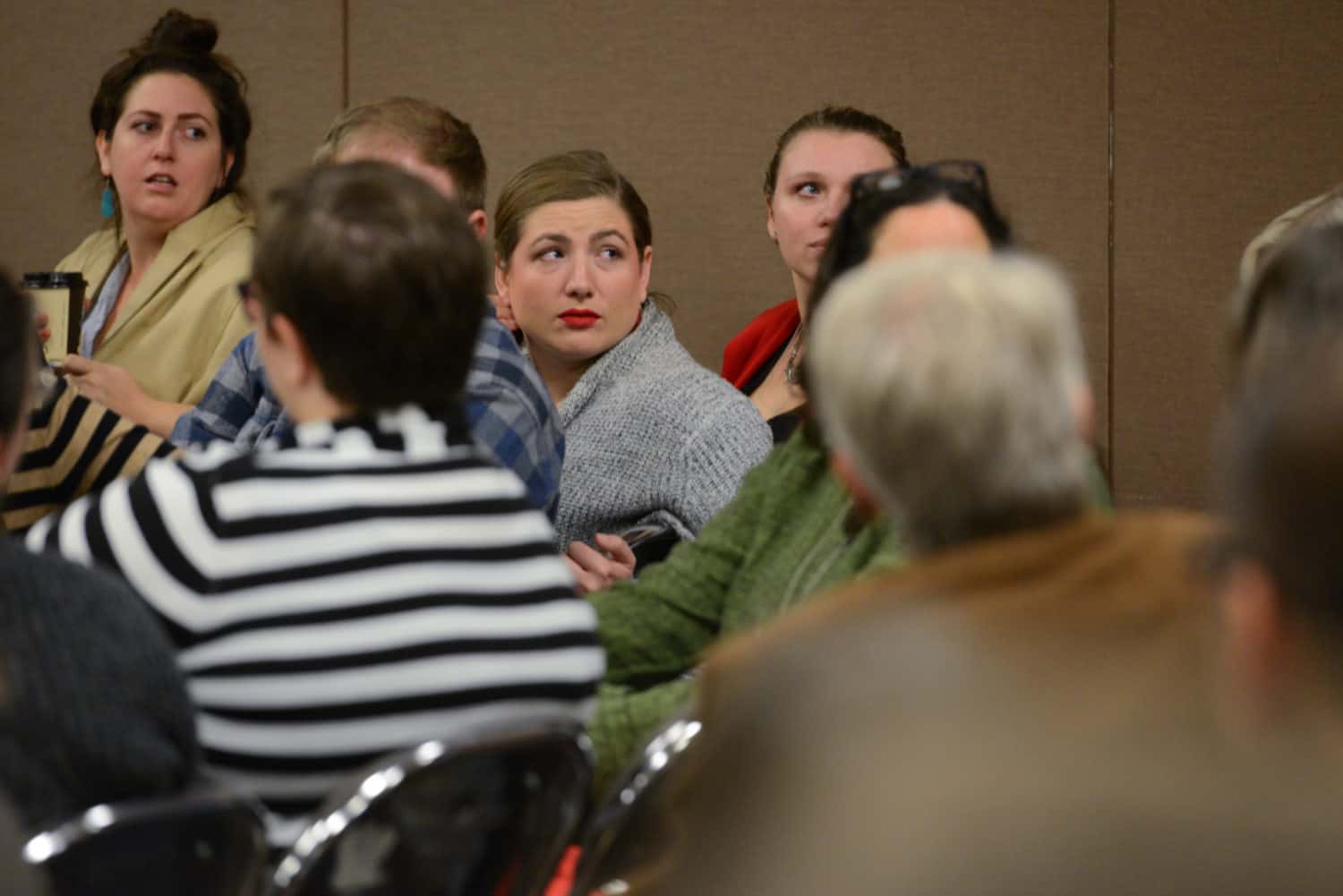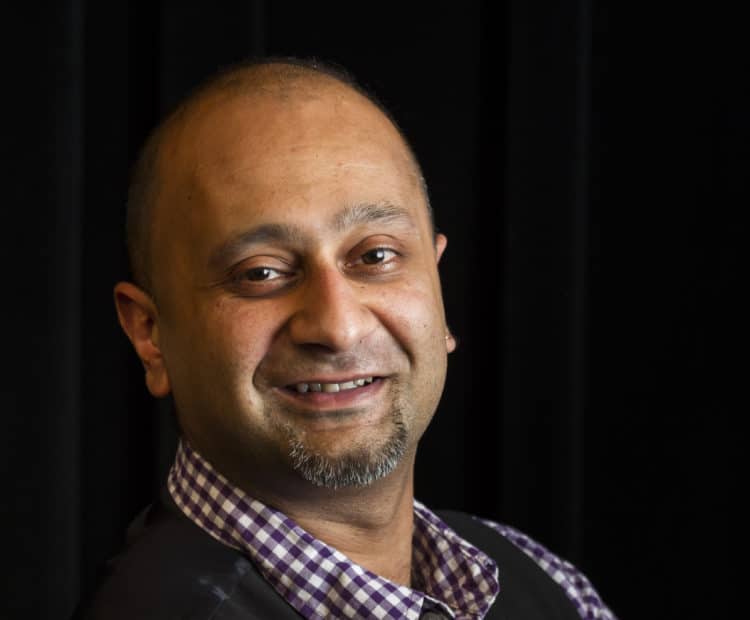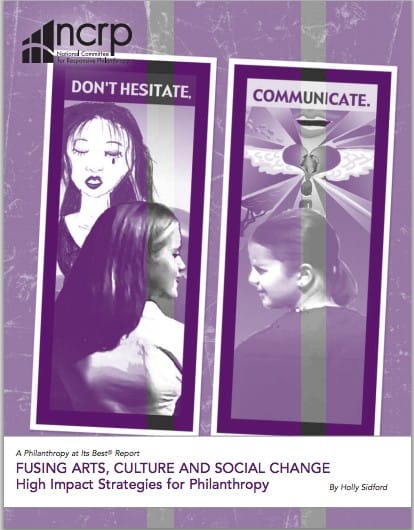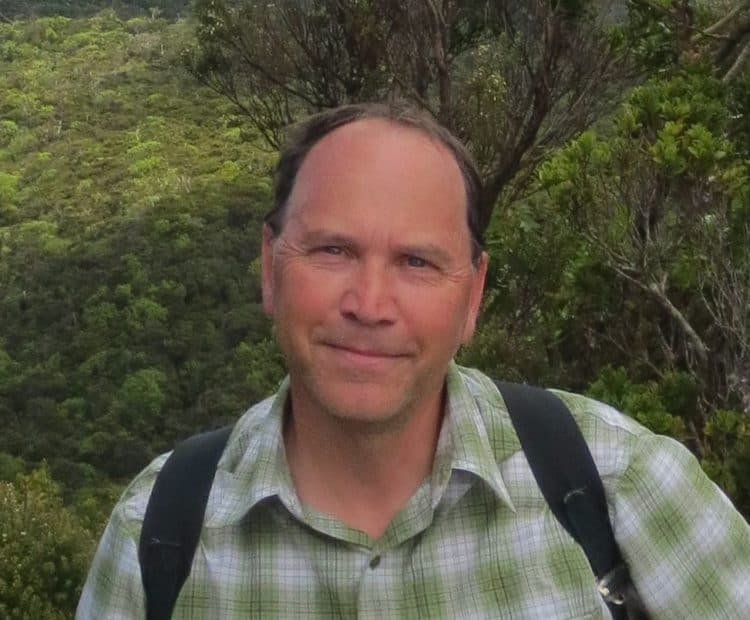Advocate for …
No matter the particular role we fill as folklorists, our advocacy can be diverse, geared towards people, groups, issues, programs, performances, and research. Here you will find ways to collaborate with others to advocate for local communities, programs and agencies, research projects, and folklore as a field.

Local communities
Needs for Advocacy
Folklorists who work with local communities often advocate for and with them, working to help ensure their lives and traditions are protected and respected. Local community scholars, artists, activists, and folklorists also need to think about advocacy for preservation, sustainability, and funding opportunities.
Strategies for Advocacy
- Invite local elected representatives to events and consider asking them to make brief remarks
- Create a relationship with local media representatives so that when you send a press release about your activities and programs, they already know something about your cultural work
- Share photographs and create hash tags with specific cultural terms which can be shared by your participants

Folklore and Community Arts Programs, Agencies, and Departments
Needs for Advocacy
Nonprofit folklore organizations, community arts programs, agencies and departments , have a long history of advocacy in the United States, and many of them owe their existence to this type of work. These tools and practices can also be used to promote the longevity of existing folklore organizations and programs. When used effectively, they help organizations not only grow, but actively participate in conversation around policies that affect them and their audience.
Strategies
One of the strongest ways for local advocates to support state or federal advocacy is through data tracking. Numbers can be a powerful and persuasive tool when effectively demonstrating the organization’s level of public support.
Organizations can benefit from recording not only the number of participants engaged, but also information about which congressional districts are being served by the organization’s activities.

Recent Research, Projects, and Exhibits
Needs for Advocacy
In the attention economy, we need to advocate for our work so that it gets seen by broad, diverse audiences. Publishing in top-tiered journals, and exhibiting in premiere museums and venues is an excellent start, but if we want our work to make an impact, we have to do some additional work to publicize it.
Strategies
- Create an advocacy plan using the guide provided at the end of the Folklore Advocacy Toolkit
- Update your information in AFS’s “Find an Expert” database
- Sign up for online services to help the media find you [Link to “Reach Out, Advocate, and Promote” page on our website]
- Write a Press Release and share with local media
- Write op-eds to the local paper that draw on your work. [Link to op-ed tip sheet]
- Partner with organizations such as “The Conversation” to get your research in front of a huge online audience [Link to “Working with the Media” resources in the handbook]
- Use social media to spread the word about recent publications, projects, exhibits
- Work with local media to cover your events and exhibits


